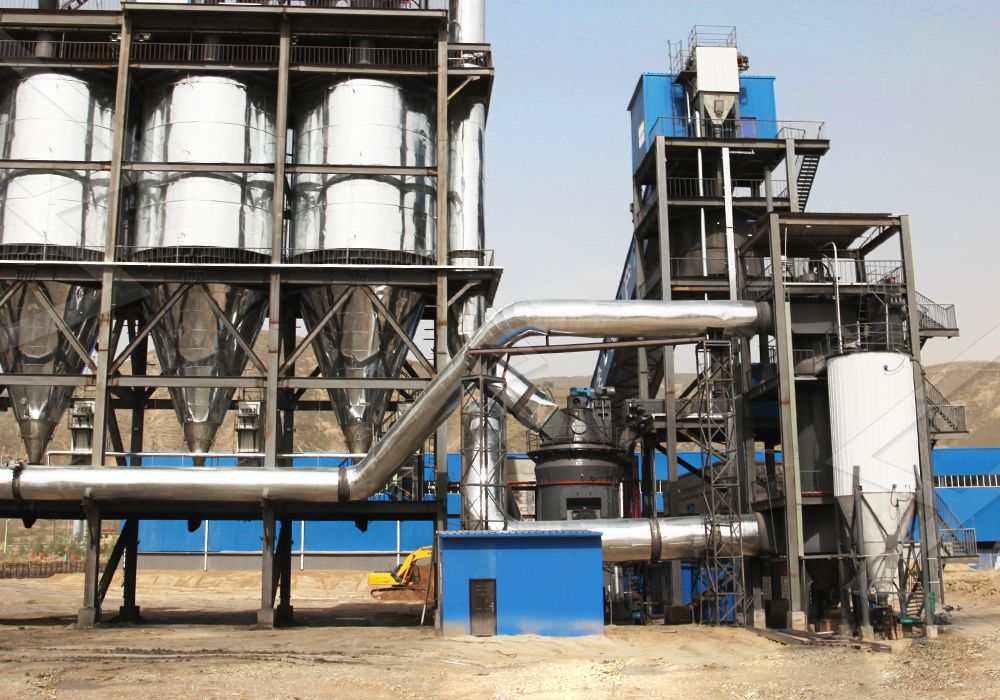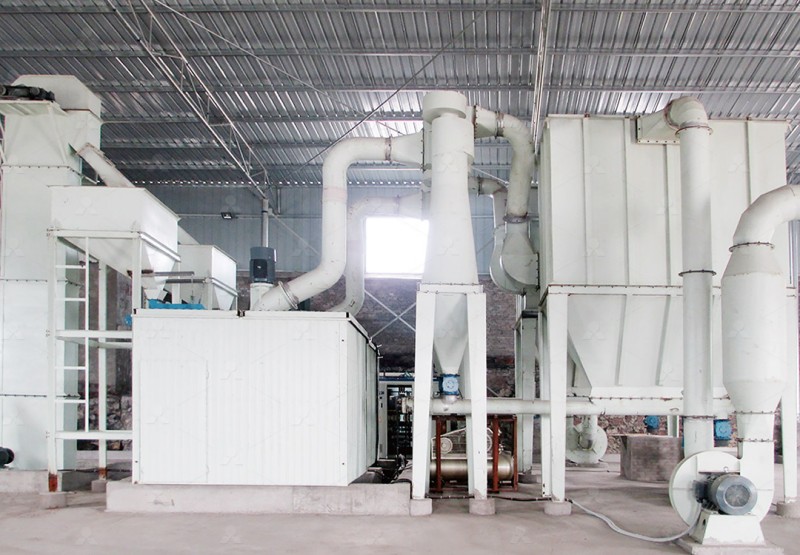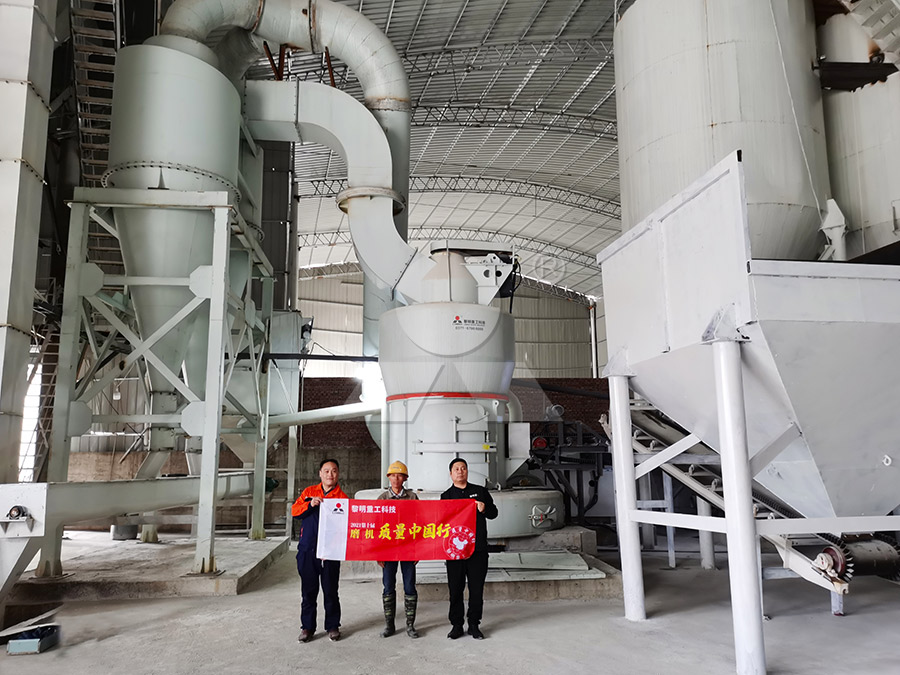Coal Grinding Mill: Efficient Pulverizing Equipment for Coal Processing
Coal Grinding Mill: Efficient Pulverizing Equipment for Coal Processing
In today’s energy-intensive industries, efficient coal processing remains a critical component of power generation and industrial operations. The transformation of raw coal into fine, consistent powder requires specialized equipment that can handle varying material properties while maintaining operational efficiency and environmental compliance.

Modern coal grinding mills have evolved significantly from traditional ball mill systems, incorporating advanced technologies that enhance productivity while reducing energy consumption and environmental impact. The fundamental challenge in coal pulverization lies in achieving the optimal particle size distribution for combustion efficiency while minimizing operational costs.
The Evolution of Coal Pulverization Technology
Early coal grinding systems relied heavily on ball mills and Raymond mills, which, while effective for their time, suffered from high energy consumption, significant wear part replacement costs, and substantial environmental footprint. The industry’s shift toward more sustainable operations has driven innovation in grinding technology, resulting in equipment that addresses these historical limitations.
Contemporary coal grinding solutions integrate multiple processes—crushing, drying, grinding, classifying, and conveying—into single, streamlined systems. This integration not only reduces the physical footprint of grinding operations but also enhances overall system efficiency through reduced material handling and energy transfer losses.
Advanced Solutions for Modern Coal Processing
Among the innovative equipment transforming coal processing operations, the MW Ultrafine Grinding Mill stands out for its exceptional performance characteristics. Designed for customers requiring ultra-fine powder production, this machine handles input sizes of 0-20 mm with capacities ranging from 0.5 to 25 tons per hour.

The MW Ultrafine Grinding Mill incorporates several proprietary technologies that make it particularly suitable for coal processing applications. Its newly designed grinding curves for the grinding roller and ring enhance grinding efficiency significantly. Compared to traditional jet grinding mills and stirred grinding mills operating at the same fineness and power, the MW Ultrafine Grinding Mill achieves production capacities up to 40% higher, with yields twice that of conventional ball grinding mills, while consuming only 30% of the energy of jet grinding systems.
Another notable feature is its adjustable fineness range between 325-2500 meshes, made possible through German cage-type powder selector technology. This system effectively increases powder separation precision, allowing operators to configure multi-head cage-type selectors according to specific production requirements for yield, fineness, and sieving rate. The mill can achieve screening rates of d97≤5μm in a single pass, ensuring consistent product quality.
Operational Advantages in Coal Processing
The design philosophy behind modern coal grinding equipment emphasizes not only performance but also operational reliability and environmental compliance. The MW Ultrafine Grinding Mill exemplifies this approach with its elimination of rolling bearings and screws in the grinding chamber, eliminating common failure points and machine damage caused by loose fasteners. External lubrication systems enable maintenance without shutdown, supporting continuous 24-hour operation critical to industrial coal processing.
Environmental considerations are addressed through integrated pulse dust collectors that prevent dust pollution throughout the milling system. Combined with silencers and noise elimination rooms, these systems ensure operations comply with stringent environmental protection standards while maintaining worker safety and comfort.

For operations requiring different throughput characteristics, the LUM Ultrafine Vertical Grinding Mill presents another sophisticated option. With an input size of 0-10 mm and capacity of 5-18 tph, this mill integrates the latest grinding roller technology from Taiwan with German powder separating technology. Its unique roller shell and lining plate grinding curve design facilitates material layer generation, enabling high finished product rates through single-pass powder milling.
Application-Specific Considerations
Selecting the appropriate coal grinding mill requires careful analysis of specific operational requirements. Factors including feed material characteristics, desired product fineness, production capacity needs, and site-specific constraints all influence equipment selection. Modern grinding mills offer flexibility to accommodate varying coal types and quality, from bituminous to sub-bituminous coals, each with distinct grinding characteristics.
The digitalization of manufacturing processes has further enhanced equipment precision and reliability. Numerical control machining of core components ensures consistent performance and longevity, while comprehensive spare parts support minimizes operational disruptions.
Frequently Asked Questions
What maintenance requirements should I expect with modern coal grinding mills?
Contemporary designs significantly reduce maintenance needs through features like external lubrication systems and the elimination of internal rolling bearings. The MW Ultrafine Grinding Mill, for instance, allows lubrication without shutdown and features no screws in the grinding chamber that could loosen during operation.
How does particle size distribution affect combustion efficiency?
Optimal particle size distribution ensures complete combustion with minimal unburned carbon. Modern grinding mills with advanced classification systems, like the cage-type powder selector in the MW Ultrafine Grinding Mill, provide precise control over fineness parameters to maximize combustion efficiency.
What environmental compliance features are integrated into current coal grinding systems?
Modern systems incorporate multiple environmental protection features including efficient pulse dust collectors that eliminate dust pollution, silencers and noise elimination rooms to reduce acoustic impact, and fully sealed systems operating under negative pressure to prevent material escape.
How do energy consumption rates compare between traditional and modern coal grinding mills?
Advanced designs like the MW Ultrafine Grinding Mill demonstrate significant energy savings, consuming only 30% of the energy required by traditional jet grinding mills while achieving 40% higher production capacity and double the yield of ball grinding mills.
What operational flexibility do modern coal grinding mills offer?
Equipment like the MW Ultrafine Grinding Mill provides adjustable fineness between 325-2500 meshes, allowing operators to tailor output specifications to specific application requirements. Multi-head cage-type powder selectors can be configured according to varying production demands for yield, fineness, and sieving rate.
